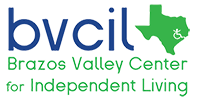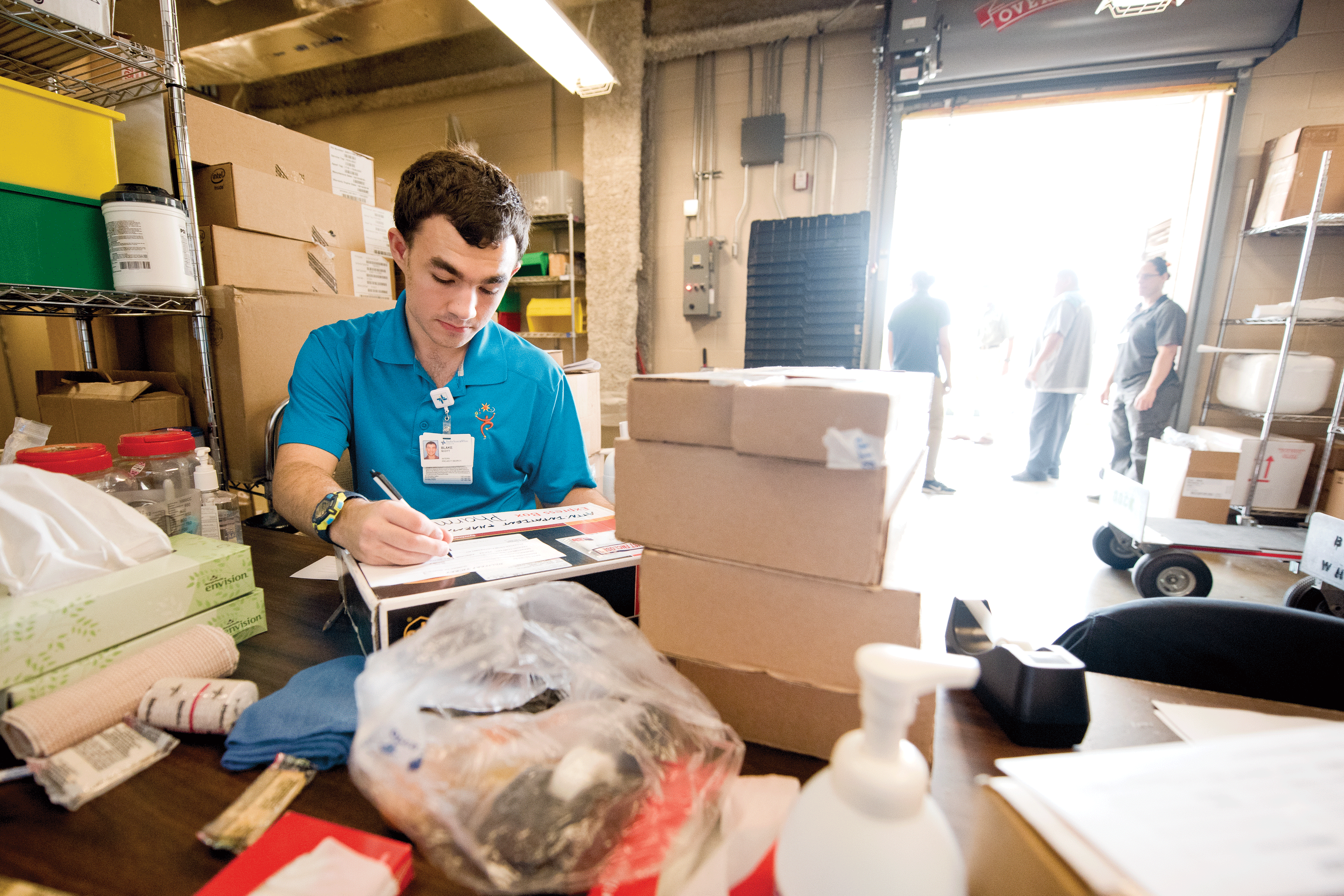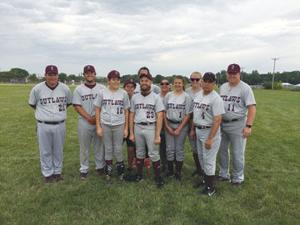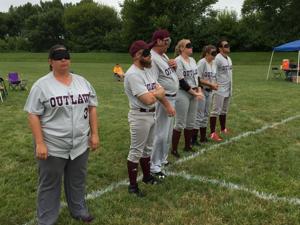By: Brittany Defran KRHD
BRYAN, Texas — The season of giving is right around the corner and one Brazos valley non-profit is gathering community support for those most in need.
The pandemic has taken away big fundraising events from non-profit organizations like the Brazos Valley Center for Independent Living. However, with Brazos Valley Gives, the community can still come together to support one another.
BVCIL provides individuals with disabilities peer support, soft skills training, and other services to assist them with independent living.
“That’s very important to people in the disability community to get that independence,” said Shelby Catron, office and communications manager for BVCIL.
And with the community’s help, BVCIL can continue to accomplish that goal.
“Brazos Valley Gives is a one-day event, it’s all online, it’s for all non-profits in the Brazos Valley area,” said Kathryn Pacha, independent living facilitator for BVCIL
Early donations are now open to the public ahead of the big day of giving.
But each organization is also doing a big push.
“We have our art tile project which is, for a 20-dollar donation, you can come get an art tile, take it home and decorate it however you want, bring it back and we will put it on display,” Pacha added.
BVCIL says it’s here to help all people, no matter their age or disability.
“Whatever the need, we stay fully integrated into the community whether that’s helping with job skills, helping to find a job,” Catron shared.
Many have new employment thanks to their services.
But one of their most sought-after assistance is transportation.
“Transportation, we run nights weekends, and holidays you know if there’s no other option in the area, we’ll help people get to the grocery store, get to family gatherings,” said Catron.
Giving those with disabilities the confidence to accomplish their goals.
“We recognize the importance that people are still integrated in their day to day lives,” shared Catron.
Every Friday, BVCIL will spotlight one of their many different services, so you can learn more about all the things they do to positively impact the community.
KRHD News wants to tell your stories from the Brazos Valley.








